3,257cc DOHC Inline 8-Cylinder Engine
Dual Throat Updraft Stromberg UUR-2 Carburetor
130bhp at 5,000rpm
4-Speed Manual Transmission
Semi-Elliptic Leaf Springs with Rigid Front Axle – Live Rear Axle
4-Wheel Cable Operated Drum Brakes
* Offered from the Estate of Howard Fafard
* Recently fully researched by marque expert Pierre-Yves Laugier, report on file
* Matching numbers, coachwork original to this car since 1935
* Presented in exceptional cosmetic condition
* Not shown at Concours events in a decade
THE BUGATTI TYPE 57
Mention the word 'Bugatti' in almost any conversation and even to the least informed person and ideas of craftsmanship and beauty immediately spring to mind, to some it may the mean furniture of Carlo Bugatti to others the exquisite stylized bronzes of tigers and elephants of Rembrandt Bugatti while to most it will unquestionably be the automobiles of Ettore and Jean Bugatti For three decades father and son marketed their own breed of equally individual designs on the race circuits and roads of Europe. Rarely for an automobile company they excelled with both, their Grand Prix cars took literally thousands of awards through the Twenties and Thirties, while their successful single cam and twin cam eight cylinder road cars provided the classiest chassis for coachbuilders to practice their art upon. It is little wonder that the legend that they created has continued to be emulated to this day and that the qualities they prized live on in the latest revival of the brand with the 1,000hp Veyrons and Chirons that we have seen in recent years.
The Type 57 Bugatti, introduced in 1934, marked Jean Bugatti's emergence as Bugatti's leader and creative force. It was the first new model built under his direction and it incorporated many features that were new to Bugatti. Its dual overhead camshaft eight-cylinder engine had dimensions of 72x100mm, offering 3,257cc displacement. The crankshaft ran in five main bearings. The camshafts were driven by a train of helical-tooth gears at the engine's rear with a further crankshaft bearing behind them. Finger cam followers minimized side thrust on the valve stems.
The Type 57 also marked Bugatti's first use of a transmission fixed to the engine crankcase and a single plate clutch. The top three gears in the four-speed gearbox were constant mesh. Jean created a novel independent front suspension system using transverse leaf springs for the first two examples of the Type 57 before Le Patron spied it and insisted it be replaced by a proper Bugatti hollow tubular live axle. Thenceforth suspension was traditional Bugatti semi-elliptical front and reversed quarter-elliptical rear leaf springs with cable-operated mechanical drum brakes.
THE MOTORCAR OFFERED
One of the blessings of the touring Bugattis as compared with their Grand Prix counterparts is how uncomplicated and chartable their histories have proven to be, particularly aided through the tireless research work of a handful of enthusiasts such as David Sewell in the UK and Pierre Yves Laugier in France.
The latter can be thanked for the comprehensive chain of ownership, much of this knowledge has been freshly researched and substantially improves the known history of the car. Its tale begins on March 29, 1934 when it was delivered in chassis form to a Marcel Gagneraud, in France. M. Gagneraud was an industrialist of some note, and in this period ran the firm founded by his grandfather specializing in railways and public works. According to the Bugatti works, it was briefly bodied as a four door 'Berline' built by the lesser-known coachbuilder Mignot & Billebault of Boulogne-sur-Seine (Paris). Bugatti had paid some 13,000 French Francs for this coachwork. For Gagneraud, this was the latest in a succession of Bugattis, it replaced his Type 50T, a Gangloff Berline, which in turn had replaced a Type 46, as the top of the range production cars had progressed from single cam to twin cam and then the refined 57, he had followed suit. Interestingly, he would receive 50,400 FF back for trading in his Type 50T.
But Gagneraud did not keep his latest Bugatti for long and its second owner preferred the car to take an open form, as Laugier confirms at some point in the second half of 1934 the car returned to Gangloff in Colmar and was rebodied with the coachwork that remains on the car to this day. Proof of this comes very simply from its export papers into Basle in Switzerland on December 28, 1934 where its is described as a "Drophead Coupe 4 Seater, weight 1,500kg".
According to Laugier, Swiss road registration records do not survive for the pre-war years, so its first confirmed Swiss owner is charted as Marc Saugey of 14 Boulevard Helvetique, in Geneva, who returned the car to the road on April 23, 1948. It is easy to see that M. Saugey would have appreciated the quality and design of the Bugatti, as his profession was architecture. Having studied under Le Corbusier in Paris and later in Germany, from 1938 through to 1971 he would be responsible for numerous important buildings in Geneva in this period. He also taught at the University of Geneve.
From registration records, we know that Marc Saugey kept the Bugatti until September 1, 1952 when his plates were surrendered back to the local Police jurisdiction. Its next formal owner was Richard Hoffman, a mechanic who registered it for the road in his home town of Neuchatel, slightly north on Lake Geneva, on July 30, 1955. A photograph of the car in this period survives showing it at Garage Vivot in Saint Blaise, Neuchatel in this period. Roughly a year later the car returned into the Geneva based ownership of Pierre Adler who would house it at his home on Schaub Street also keeping it for around one year.
By 1958 it had become the property of Robert Baer, an Anglo-Swiss gentleman who traded a number of Bugattis in this period. Perhaps unsurprisingly, from Baer it passed to another notable trader of these cars, Jean de Dobbeleer of Belgium, who Bugatti aficionados will recognize as the source for many of the cars that are in the USA today, a large number being traded between he and Gene Cesari. Whether this followed that path or not is uncertain, but later that same year it was in the American ownership of Bernard Haines.
Next, the car came onto the radar of noted collector, Judge John North and was purchased by him. He appears to have kept it for 4 years before it moved to the long term custody of John Metzgar. In Hugh Conway's register for 1962, the car is listed as 'undergoing complete rebuild. Was in good running condition but is being restored as new. All parts being replaced where worn, new top, upholstery, plating etc. Believed to be original except upholstery'. Metzgar who would retain the car through to 2007, when it joined the collection of the late Mark Smith of Pennsylvania.
Offered for sale by Mr. Smith having received considerable work carried out by respected Sargent Metal Works, in Vermont, Mr Fafard purchased the Bugatti 11 years ago. He elected to repaint the car in one of his preferred schemes, being of two tone coloring, of a rich dark blue over silver, an effect which suits the car well.
The car's new color scheme was ready by the spring of 2013, and it was in this guise that the car was seen on the American Bugatti Club rallies of that year in Mont Tremblant and the following year at Lake Placid. Over the course of the last few years the car was stationed here in Florida and exercised occasional by Mr. Fafard until his passing 2 years ago.
Mr. Laugier reports that Gangloff are understood to have built only 17 four seater dropheads in the early season of these cars from 1934 to late 1935, and that only 2, possibly 3 have survived the vagaries of time. A beautifully presented touring Bugatti which would provide a welcome entry to any concours lawn or indeed tour, it is a (relatively) affordable entrée to the world of this famed marque.
3,257cc DOHC Inline 8-Cylinder Engine
Dual Throat Updraft Stromberg UUR-2 Carburetor
130bhp at 5,000rpm
4-Speed Manual Transmission
Semi-Elliptic Leaf Springs with Rigid Front Axle – Live Rear Axle
4-Wheel Cable Operated Drum Brakes
* Offered from the Estate of Howard Fafard
* Recently fully researched by marque expert Pierre-Yves Laugier, report on file
* Matching numbers, coachwork original to this car since 1935
* Presented in exceptional cosmetic condition
* Not shown at Concours events in a decade
THE BUGATTI TYPE 57
Mention the word 'Bugatti' in almost any conversation and even to the least informed person and ideas of craftsmanship and beauty immediately spring to mind, to some it may the mean furniture of Carlo Bugatti to others the exquisite stylized bronzes of tigers and elephants of Rembrandt Bugatti while to most it will unquestionably be the automobiles of Ettore and Jean Bugatti For three decades father and son marketed their own breed of equally individual designs on the race circuits and roads of Europe. Rarely for an automobile company they excelled with both, their Grand Prix cars took literally thousands of awards through the Twenties and Thirties, while their successful single cam and twin cam eight cylinder road cars provided the classiest chassis for coachbuilders to practice their art upon. It is little wonder that the legend that they created has continued to be emulated to this day and that the qualities they prized live on in the latest revival of the brand with the 1,000hp Veyrons and Chirons that we have seen in recent years.
The Type 57 Bugatti, introduced in 1934, marked Jean Bugatti's emergence as Bugatti's leader and creative force. It was the first new model built under his direction and it incorporated many features that were new to Bugatti. Its dual overhead camshaft eight-cylinder engine had dimensions of 72x100mm, offering 3,257cc displacement. The crankshaft ran in five main bearings. The camshafts were driven by a train of helical-tooth gears at the engine's rear with a further crankshaft bearing behind them. Finger cam followers minimized side thrust on the valve stems.
The Type 57 also marked Bugatti's first use of a transmission fixed to the engine crankcase and a single plate clutch. The top three gears in the four-speed gearbox were constant mesh. Jean created a novel independent front suspension system using transverse leaf springs for the first two examples of the Type 57 before Le Patron spied it and insisted it be replaced by a proper Bugatti hollow tubular live axle. Thenceforth suspension was traditional Bugatti semi-elliptical front and reversed quarter-elliptical rear leaf springs with cable-operated mechanical drum brakes.
THE MOTORCAR OFFERED
One of the blessings of the touring Bugattis as compared with their Grand Prix counterparts is how uncomplicated and chartable their histories have proven to be, particularly aided through the tireless research work of a handful of enthusiasts such as David Sewell in the UK and Pierre Yves Laugier in France.
The latter can be thanked for the comprehensive chain of ownership, much of this knowledge has been freshly researched and substantially improves the known history of the car. Its tale begins on March 29, 1934 when it was delivered in chassis form to a Marcel Gagneraud, in France. M. Gagneraud was an industrialist of some note, and in this period ran the firm founded by his grandfather specializing in railways and public works. According to the Bugatti works, it was briefly bodied as a four door 'Berline' built by the lesser-known coachbuilder Mignot & Billebault of Boulogne-sur-Seine (Paris). Bugatti had paid some 13,000 French Francs for this coachwork. For Gagneraud, this was the latest in a succession of Bugattis, it replaced his Type 50T, a Gangloff Berline, which in turn had replaced a Type 46, as the top of the range production cars had progressed from single cam to twin cam and then the refined 57, he had followed suit. Interestingly, he would receive 50,400 FF back for trading in his Type 50T.
But Gagneraud did not keep his latest Bugatti for long and its second owner preferred the car to take an open form, as Laugier confirms at some point in the second half of 1934 the car returned to Gangloff in Colmar and was rebodied with the coachwork that remains on the car to this day. Proof of this comes very simply from its export papers into Basle in Switzerland on December 28, 1934 where its is described as a "Drophead Coupe 4 Seater, weight 1,500kg".
According to Laugier, Swiss road registration records do not survive for the pre-war years, so its first confirmed Swiss owner is charted as Marc Saugey of 14 Boulevard Helvetique, in Geneva, who returned the car to the road on April 23, 1948. It is easy to see that M. Saugey would have appreciated the quality and design of the Bugatti, as his profession was architecture. Having studied under Le Corbusier in Paris and later in Germany, from 1938 through to 1971 he would be responsible for numerous important buildings in Geneva in this period. He also taught at the University of Geneve.
From registration records, we know that Marc Saugey kept the Bugatti until September 1, 1952 when his plates were surrendered back to the local Police jurisdiction. Its next formal owner was Richard Hoffman, a mechanic who registered it for the road in his home town of Neuchatel, slightly north on Lake Geneva, on July 30, 1955. A photograph of the car in this period survives showing it at Garage Vivot in Saint Blaise, Neuchatel in this period. Roughly a year later the car returned into the Geneva based ownership of Pierre Adler who would house it at his home on Schaub Street also keeping it for around one year.
By 1958 it had become the property of Robert Baer, an Anglo-Swiss gentleman who traded a number of Bugattis in this period. Perhaps unsurprisingly, from Baer it passed to another notable trader of these cars, Jean de Dobbeleer of Belgium, who Bugatti aficionados will recognize as the source for many of the cars that are in the USA today, a large number being traded between he and Gene Cesari. Whether this followed that path or not is uncertain, but later that same year it was in the American ownership of Bernard Haines.
Next, the car came onto the radar of noted collector, Judge John North and was purchased by him. He appears to have kept it for 4 years before it moved to the long term custody of John Metzgar. In Hugh Conway's register for 1962, the car is listed as 'undergoing complete rebuild. Was in good running condition but is being restored as new. All parts being replaced where worn, new top, upholstery, plating etc. Believed to be original except upholstery'. Metzgar who would retain the car through to 2007, when it joined the collection of the late Mark Smith of Pennsylvania.
Offered for sale by Mr. Smith having received considerable work carried out by respected Sargent Metal Works, in Vermont, Mr Fafard purchased the Bugatti 11 years ago. He elected to repaint the car in one of his preferred schemes, being of two tone coloring, of a rich dark blue over silver, an effect which suits the car well.
The car's new color scheme was ready by the spring of 2013, and it was in this guise that the car was seen on the American Bugatti Club rallies of that year in Mont Tremblant and the following year at Lake Placid. Over the course of the last few years the car was stationed here in Florida and exercised occasional by Mr. Fafard until his passing 2 years ago.
Mr. Laugier reports that Gangloff are understood to have built only 17 four seater dropheads in the early season of these cars from 1934 to late 1935, and that only 2, possibly 3 have survived the vagaries of time. A beautifully presented touring Bugatti which would provide a welcome entry to any concours lawn or indeed tour, it is a (relatively) affordable entrée to the world of this famed marque.
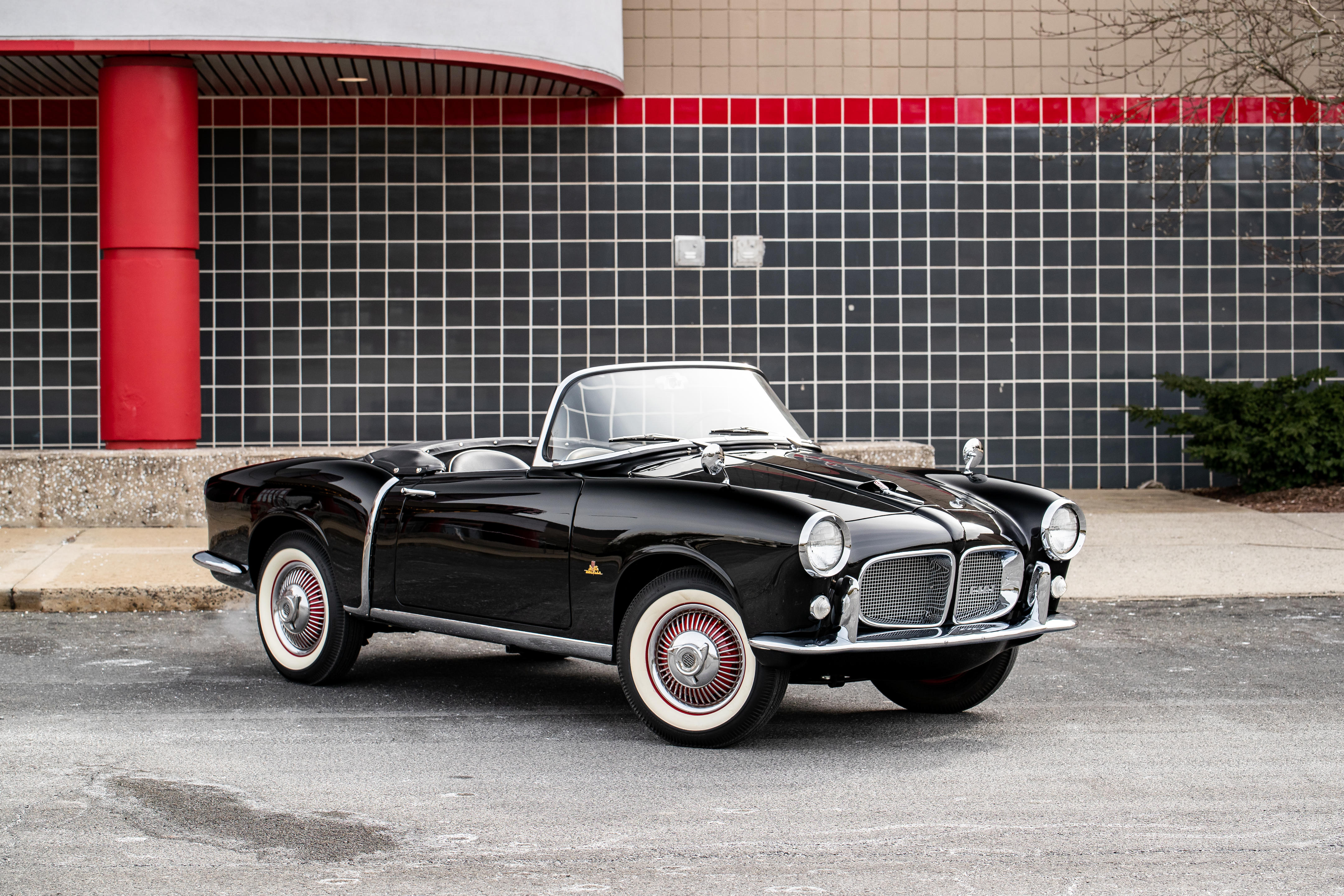
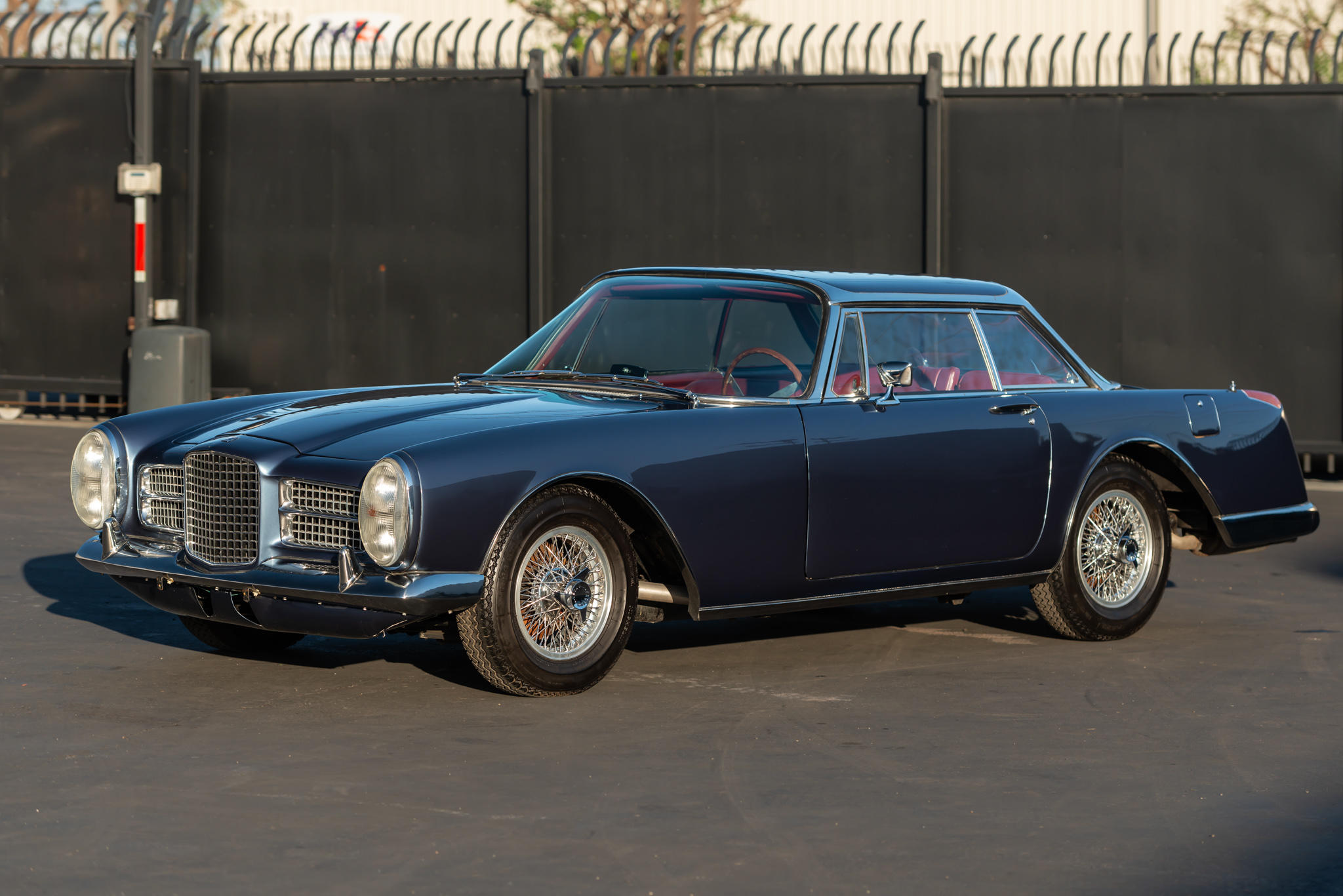
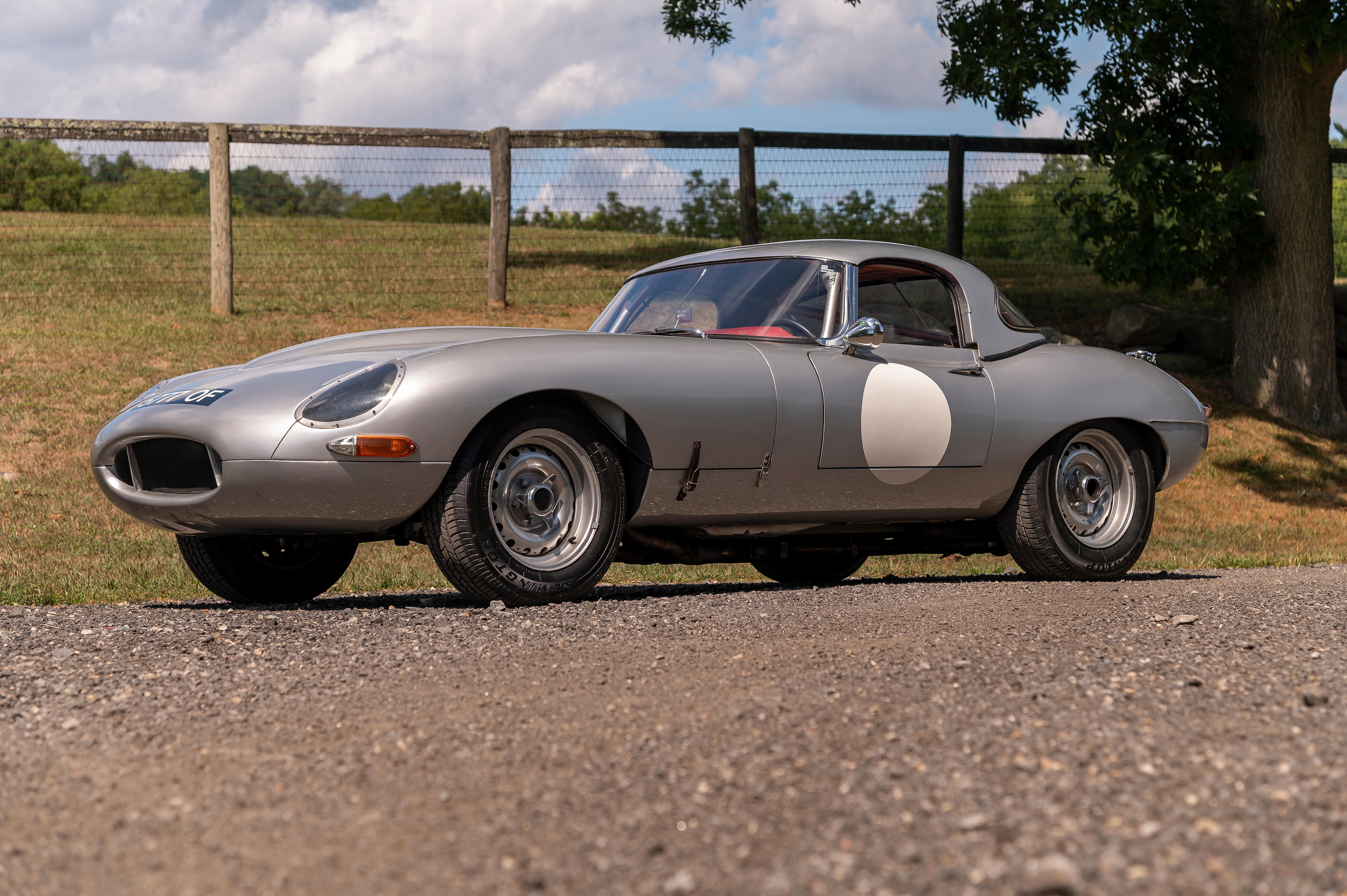


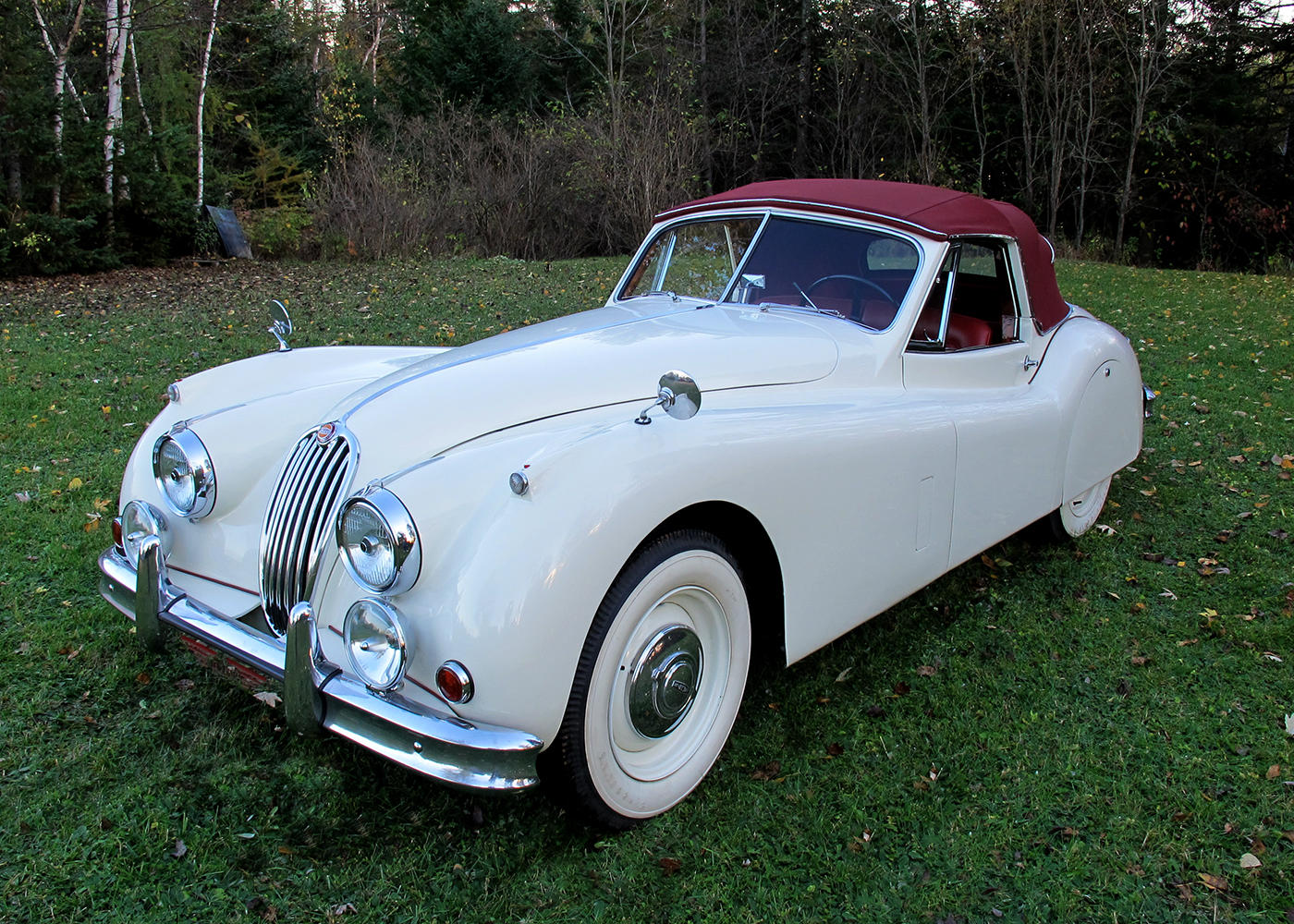
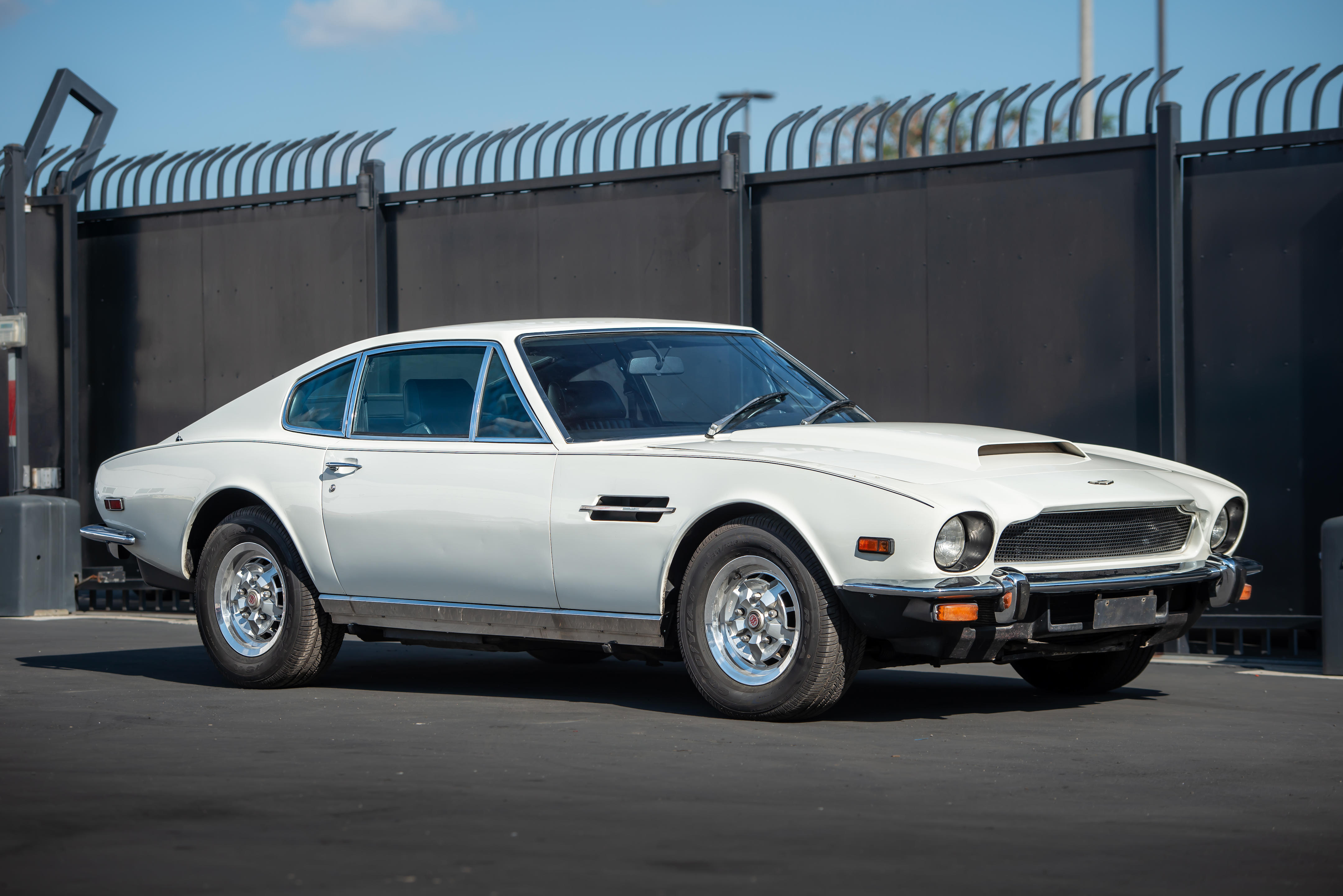
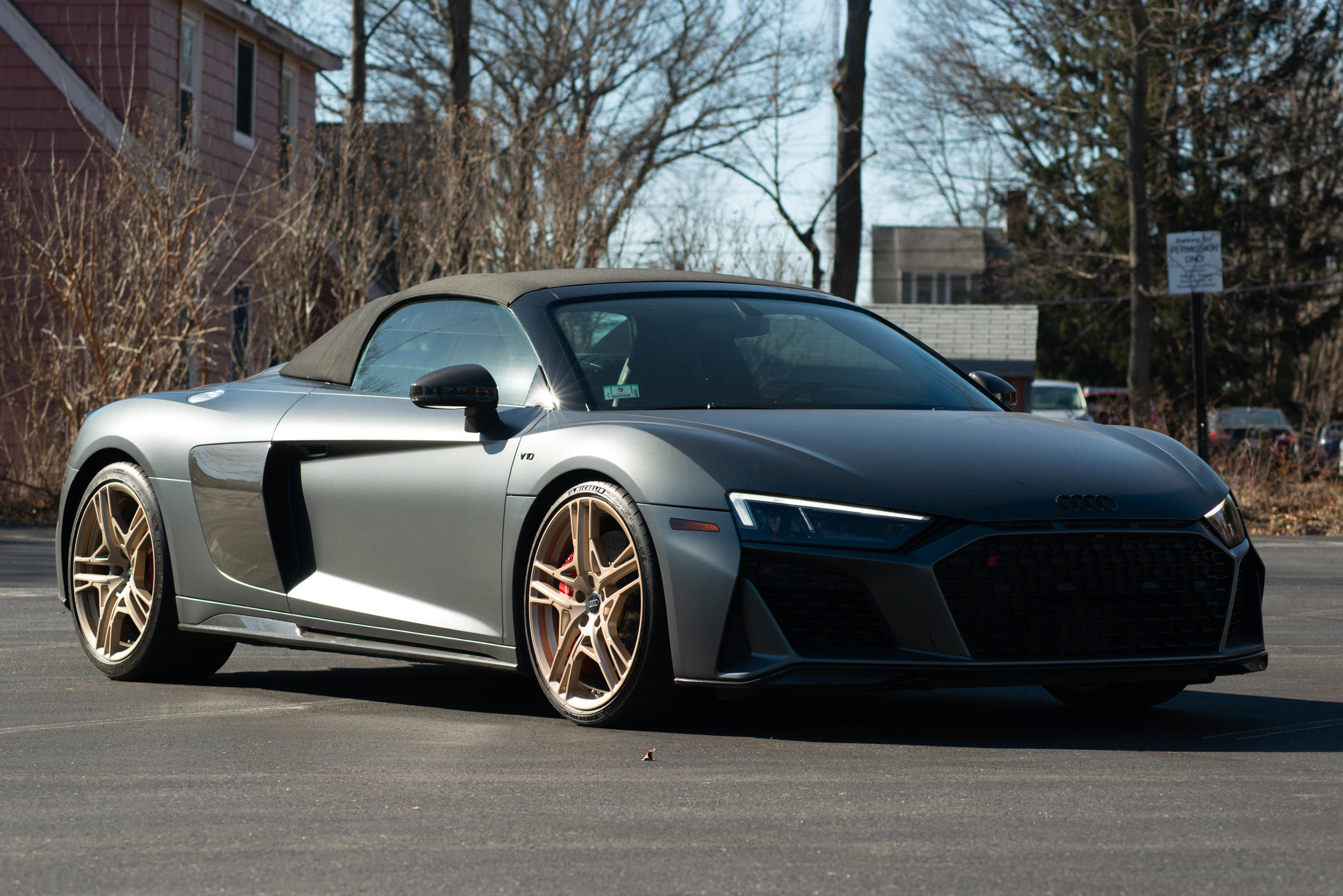

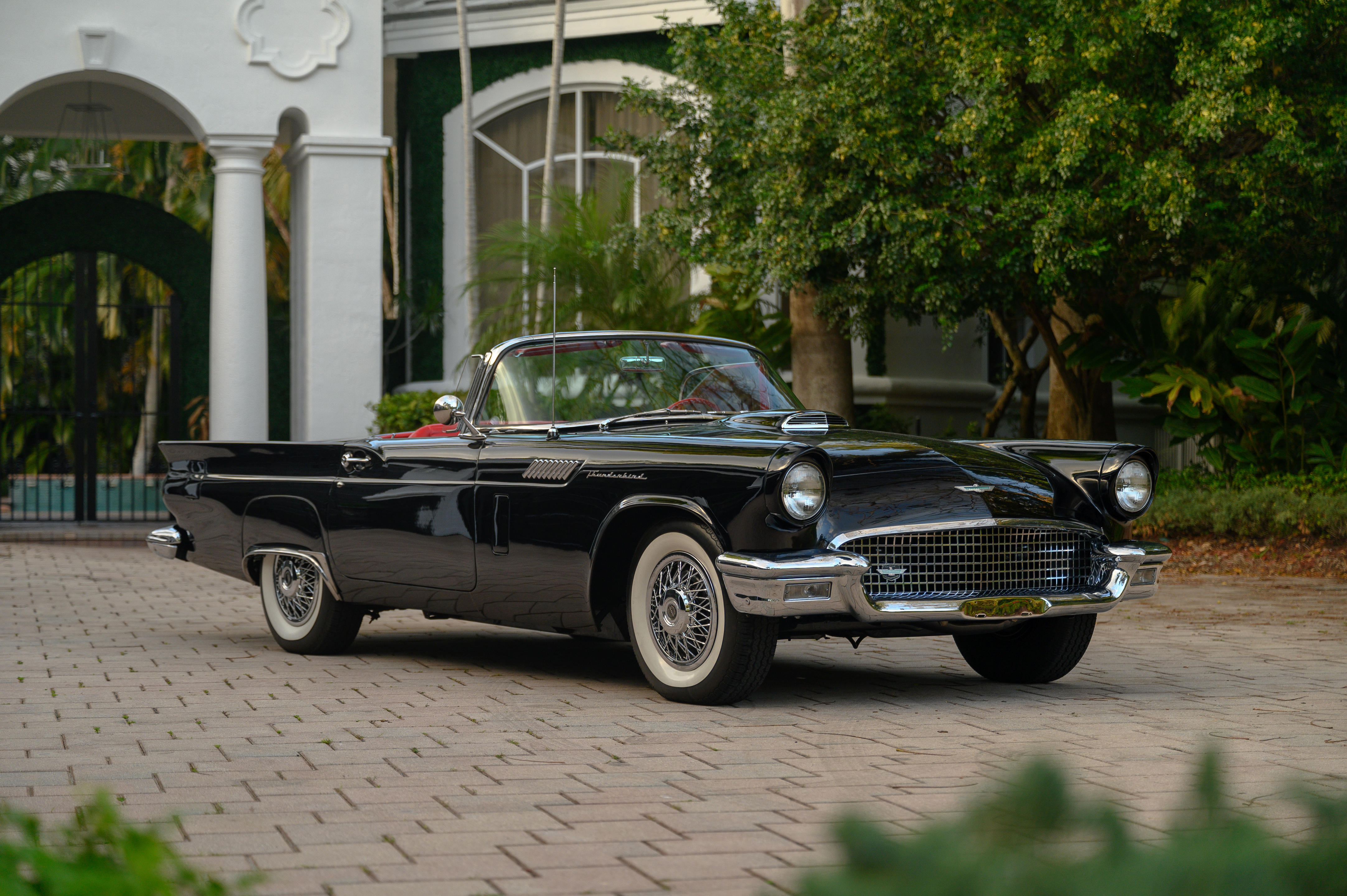


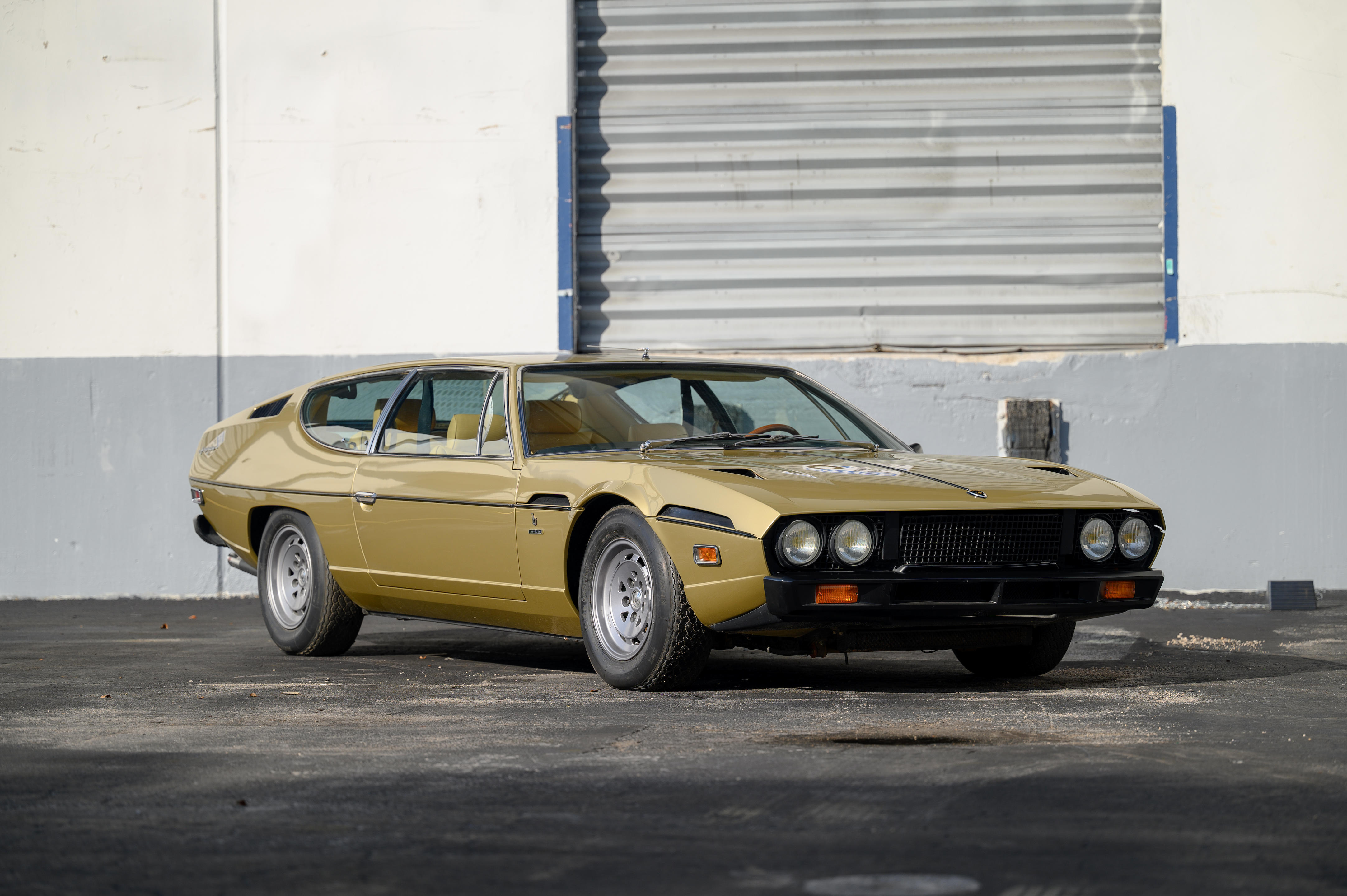
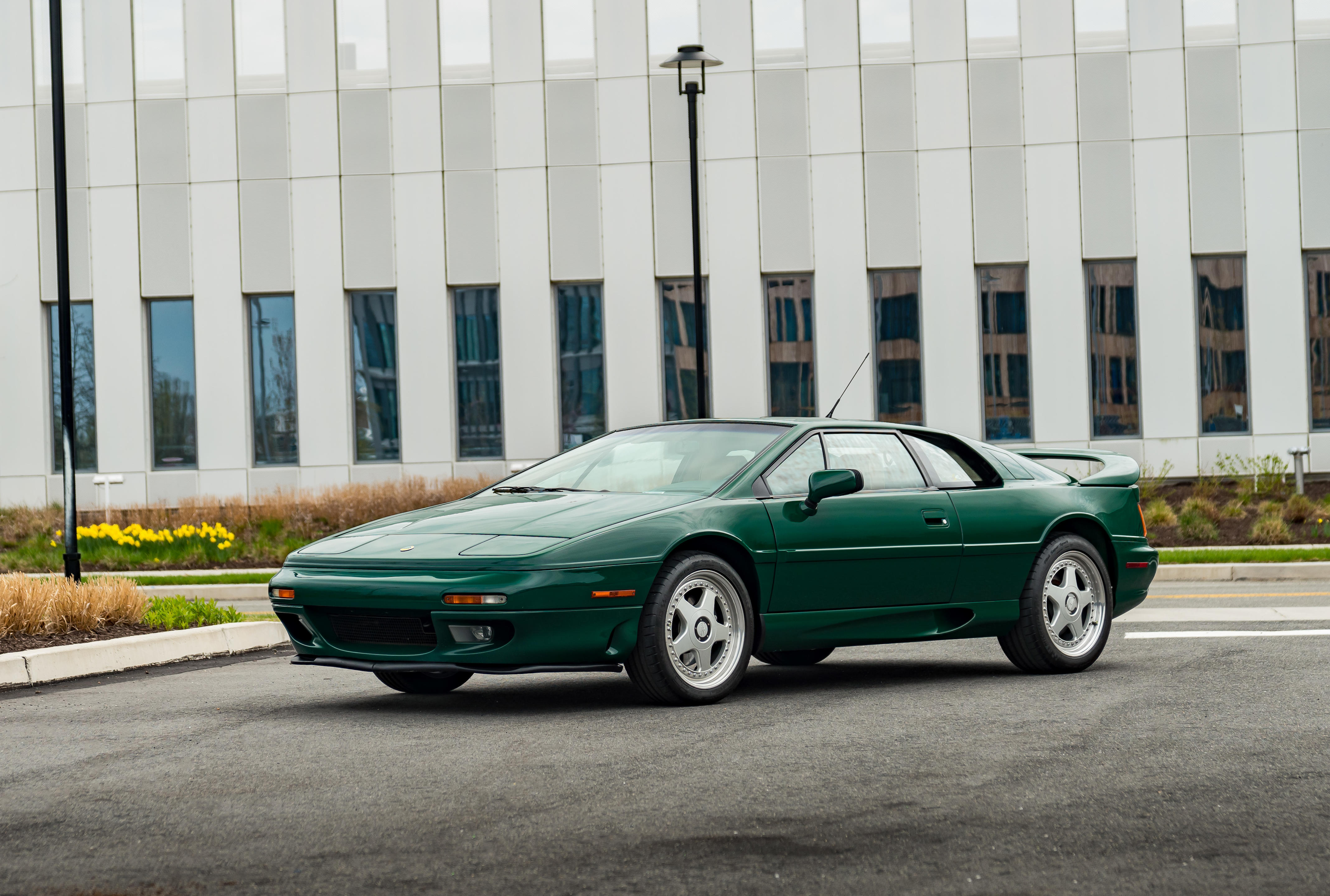

Try LotSearch and its premium features for 7 days - without any costs!
Be notified automatically about new items in upcoming auctions.
Create an alert